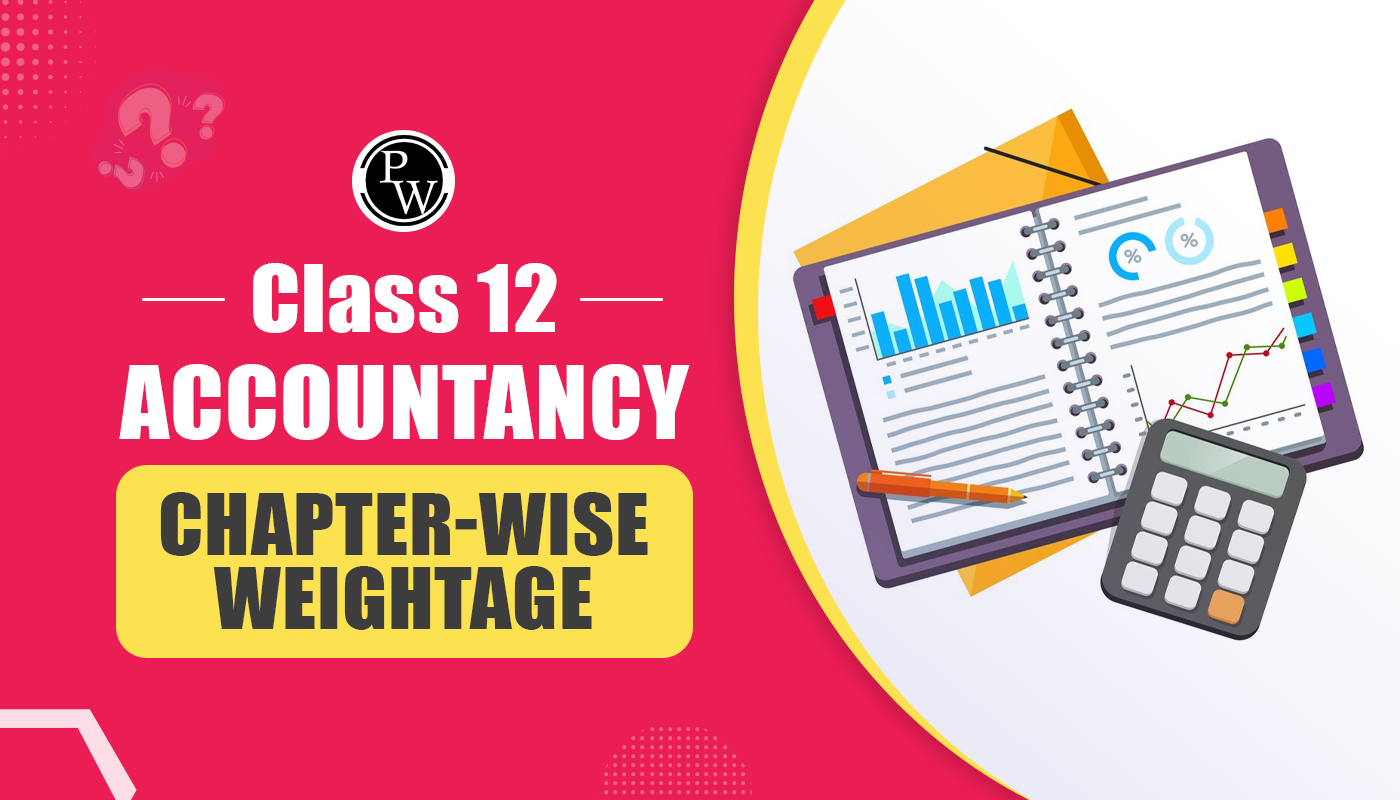
In business and economics, the concepts of normal profit and the break-even point are crucial indicators of a company's financial health and operational stability. Normal profit denotes the minimum profit necessary for a firm to continue operating long-term. At the same time, the break-even point signifies the level of sales at which total revenues equal total costs, resulting in neither profit nor loss. Delving deeper into these concepts reveals insights into how businesses manage risk, plan growth, and navigate the complexities of the marketplace.
What is Normal Profit?
Normal or zero economic profit is a fundamental concept in economics and business. It signifies the minimum profit level necessary to continue operations without earning extra economic profit. In simpler terms, normal profit covers all explicit (accounting) costs like wages, rent, utilities, and materials, but it doesn't result in any surplus profit beyond these expenses. Understanding normal profit is crucial for businesses as it allows them to gauge their financial health and sustainability. It reflects the opportunity cost of utilising capital and labour resources within a specific business rather than investing them in an alternative venture. When a business achieves normal profit, it breaks even by covering all its costs but does not generate additional economic profit.Normal Proft Formula
Normal profit = Capital employed x Normal rate of return/100. Where :- Capital Employed refers to the total amount of capital invested or used in the business.
- Normal Rate of Return is the expected rate of return or profit the business expects to earn on its capital investment.
What is Break Even Profit?
The break-even point (BEP) is a fundamental financial concept used in business to determine the level of sales or revenue at which a company's total revenues equal its total costs, resulting in neither a profit nor a loss. Simply put, it is the point at which a business covers all its fixed and variable costs, resulting in zero net profit or net loss. Understanding the break-even point is essential for businesses as it provides critical insights into their financial viability and operational decisions. Businesses can make informed decisions about pricing strategies, production levels, and overall profitability by calculating the break-even point. It helps determine the minimum level of sales needed to cover costs and balance profit and loss. Moreover, the break-even point calculation involves dividing fixed costs by the contribution margin per unit, where the contribution margin is the difference between sales revenue and variable costs per unit. This calculation allows businesses to assess the impact of varying sales volumes on their financial performance.Break Even Point Formula
Break even point (in units) = Total fixed costs / Contribution margin per unit.- Fixed Costs are the costs that do not vary with the level of production or sales. These are costs like rent, salaries, insurance, etc.
- Selling Price per Unit is the price at which a product unit is sold.
- Variable Cost per Unit is the cost that varies with the level of production or sales, such as raw materials, direct labour, etc.
Difference between Normal Profit and Break-Even Point
while normal profit focuses on the minimum profit needed to cover costs and maintain operations, the break-even point concerns achieving a balance between total revenue and total costs, providing insights into the sales level needed to avoid losses and achieve profitability. Both concepts are essential for assessing and managing the financial performance of a business.| Difference between Normal Profit and Break-Even Point | ||
| Aspect | Normal Profit | Break-Even Point |
| Definition | A minimum profit is required for a business to remain operational without earning additional economic profit. | Level of sales where total revenue equals total costs, resulting in neither profit nor loss. |
| Purpose | Assesses financial health and sustainability of the business. | Determines minimum sales needed to cover costs and balance profit and loss. |
| Calculation | Normal Profit=Capital Employed×Normal Rate of Return100 Normal Profit= 100 Capital Employed×Normal Rate of Return | Break-Even Point (BEP)=Fixed CostsSelling Price per Unit−Variable Cost per Unit Break-Even Point (BEP)= Selling Price per Unit−Variable Cost per Unit Fixed Costs |
| Financial Impact | It covers all explicit costs but does not generate surplus profit. | Covers all costs indicates the point where profit starts to be generated. |
| Significance | Indicates opportunity cost of resources used in the business. | Essential for pricing decisions, production planning, and financial decision-making. |
Normal Profit and Break-Even Point FAQs
What is the Break-Even Point in Business?
The break-even point in business refers to the level of sales or revenue at which a company covers all its costs, resulting in neither a profit nor a loss. This point is crucial because it signifies the threshold where a business begins to generate profit. Below the break-even point, the business incurs a loss below the break-even point, while above it, it starts making a profit.
What is Normal Profit?
Normal profit is an economic concept that describes a situation in which a company's total revenues equal its total costs in a perfectly competitive market. This means no economic profit is left over after accounting for all costs, including the opportunity cost of the resources used.
Talk to a counsellorHave doubts? Our support team will be happy to assist you!

Check out these Related Articles
Free Learning Resources
PW Books
Notes (Class 10-12)
PW Study Materials
Notes (Class 6-9)
Ncert Solutions
Govt Exams
Class 6th to 12th Online Courses
Govt Job Exams Courses
UPSC Coaching
Defence Exam Coaching
Gate Exam Coaching
Other Exams
Know about Physics Wallah
Physics Wallah is an Indian edtech platform that provides accessible & comprehensive learning experiences to students from Class 6th to postgraduate level. We also provide extensive NCERT solutions, sample paper, NEET, JEE Mains, BITSAT previous year papers & more such resources to students. Physics Wallah also caters to over 3.5 million registered students and over 78 lakh+ Youtube subscribers with 4.8 rating on its app.
We Stand Out because
We provide students with intensive courses with India’s qualified & experienced faculties & mentors. PW strives to make the learning experience comprehensive and accessible for students of all sections of society. We believe in empowering every single student who couldn't dream of a good career in engineering and medical field earlier.
Our Key Focus Areas
Physics Wallah's main focus is to make the learning experience as economical as possible for all students. With our affordable courses like Lakshya, Udaan and Arjuna and many others, we have been able to provide a platform for lakhs of aspirants. From providing Chemistry, Maths, Physics formula to giving e-books of eminent authors like RD Sharma, RS Aggarwal and Lakhmir Singh, PW focuses on every single student's need for preparation.
What Makes Us Different
Physics Wallah strives to develop a comprehensive pedagogical structure for students, where they get a state-of-the-art learning experience with study material and resources. Apart from catering students preparing for JEE Mains and NEET, PW also provides study material for each state board like Uttar Pradesh, Bihar, and others
Copyright © 2025 Physicswallah Limited All rights reserved.
Get App









